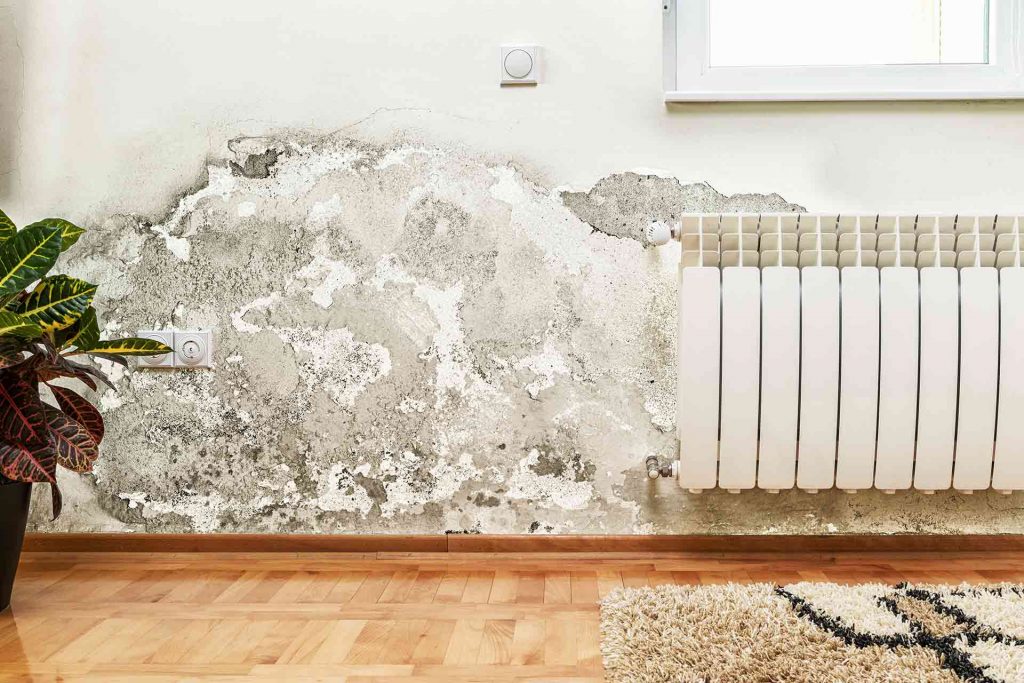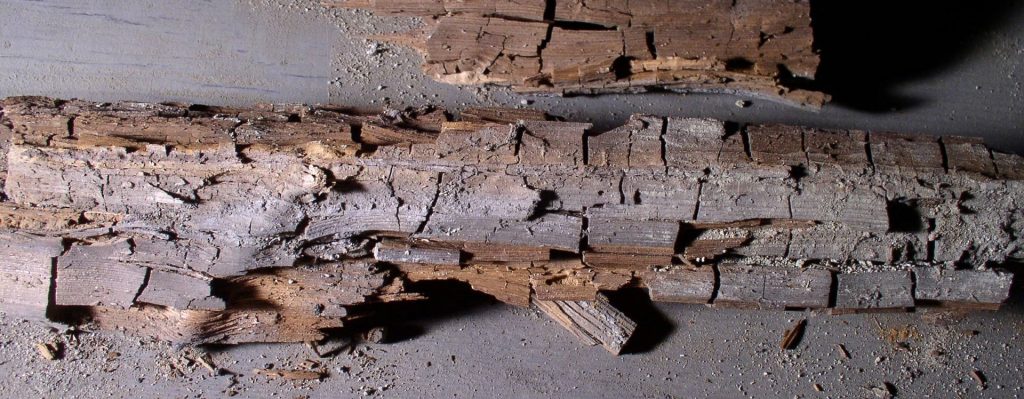A Comprehensive Guide: How and Where to Spot Signs of Damp in Your Home
Dampness in homes can lead to a range of problems, from structural damage to health risks. Early detection of damp is crucial to prevent further issues and costly repairs. In this blog post, we will provide you with a comprehensive guide on how and where to spot signs of damp in your home. By being vigilant and proactive, you can protect your property and maintain a healthy living environment.
- Walls and Ceilings: One of the most common areas where signs of damp become apparent is on walls and ceilings. Look out for:
a) Discoloration or dark patches: Dampness often causes discoloration, such as brown or yellow stains, on paint or wallpaper. Keep an eye out for any unusual patches.
b) Peeling or bubbling paint: Moisture can cause paint to peel or bubble as it loses its adhesive properties. Check for areas where the paint is coming off the surface.
c) Damp or musty odor: A persistent musty smell is a strong indicator of dampness. If you notice an unpleasant odor that lingers, it’s worth investigating further.
- Windows and Window Frames: Windows are vulnerable areas for moisture penetration. Pay attention to the following:
a) Condensation: Excessive condensation on windows, especially in colder months, can be a sign of high humidity levels in your home. This may contribute to dampness if not properly addressed.
b) Damp or decaying window frames: Check for any visible signs of moisture damage, such as damp or decaying wood around the windows. This could indicate a leak or inadequate insulation.
- Floors and Carpets: Dampness can also affect flooring surfaces. Look for the following indications:
a) Warped or buckled flooring: Excessive moisture can cause wooden or laminate floors to warp or buckle. Inspect your floors for any irregularities or changes in their shape.
b) Damp or discolored carpets: If your carpets feel consistently damp or show signs of discoloration, it suggests moisture is present. Investigate the source to prevent further damage.
- Bathroom and Kitchen Areas: High humidity and moisture-prone areas like bathrooms and kitchens require extra attention. Check for:
a) Mold or mildew growth: Mold and mildew thrive in damp environments. Look for black or green spots on walls, ceilings, tiles, or grout lines.
b) Cracked or deteriorating sealant: Inspect the sealant around sinks, baths, showers, and countertops. Cracks or deterioration can lead to water leakage and subsequent dampness.
- Basement and Crawl Spaces: These areas are particularly susceptible to dampness due to their proximity to the ground. Keep an eye out for:
a) Musty smell or high humidity: Basements and crawl spaces can develop a distinct musty odor. Additionally, if the air feels consistently humid or clammy, it may indicate a moisture problem.
b) Efflorescence or white powder on walls: Efflorescence is a white powdery substance that appears on walls due to moisture. Its presence suggests water infiltration and potential dampness issues.
Regularly inspecting your home for signs of dampness is essential for maintaining a healthy living environment and preventing costly repairs. By paying attention to areas such as walls, ceilings, windows, floors, bathrooms, kitchens, basements, and crawl spaces, you can identify early warning signs and take appropriate action. Remember, if you notice any signs of dampness, it is advisable to consult a professional damp proofing specialist to address the problem promptly and effectively. Stay vigilant and protect your home from the damaging effects of dampness.
Give us a call today if you see signs of Damp in your home. We offer a call out inspection service in Bangor, Newtownards, Co Down, Belfast Northern Ireland wide.


